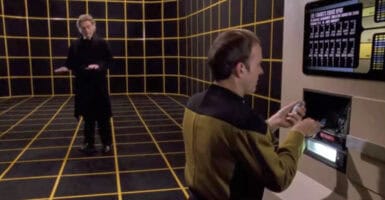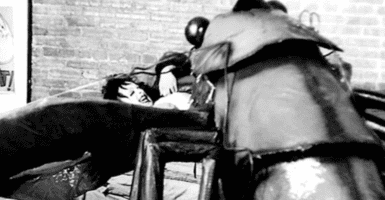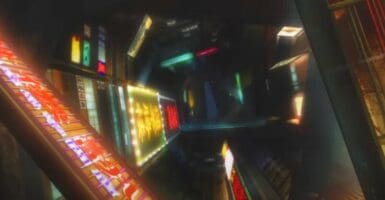Star Trek Holodeck Brought To Life To Train Robots
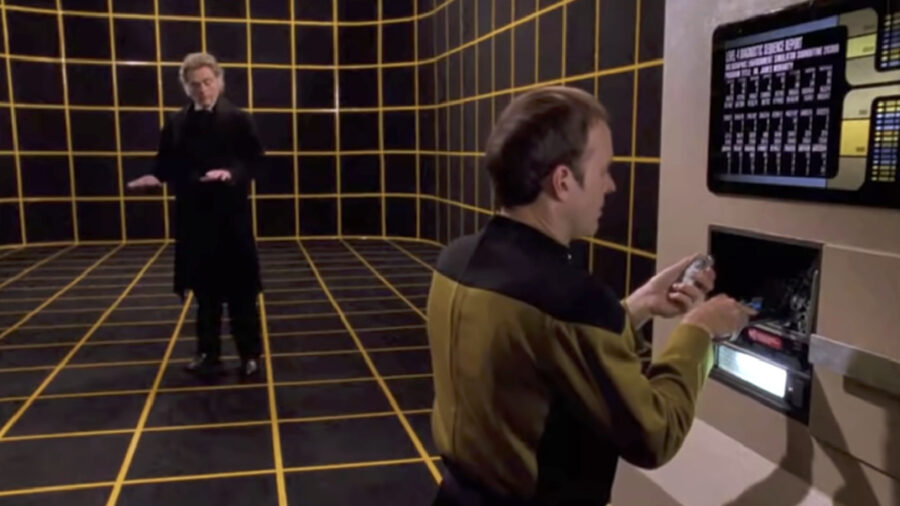
Trekkies the world over fondly remember the Star Trek Holodeck, the series mainstay that functions, for so many, as a pinnacle of imaginative technology. As we all recall, the Holodeck enables crew members to interact with dynamically generated environments–for leisure or training. Paying homage to this sci-fi staple, a team of researchers from the University of Pennsylvania has fashioned a modern twist on the vintage concept, albeit to train robots and not human voyagers.
A Huge Step In The Development Of Star Trek-Like Holodecks

First, to disappoint any die-hard Trekkies hankering for the real thing, let’s get this out of the way: the system does not actually recreate the full sensory and interactive experience we associate with the Star Trek Holodeck. Dry your eyes though, because the tech does provide a significant leap forward in the realm of artificial intelligence. Indeed, in an era in which robotics and AI are increasingly important, a tool such as this, improving the degree to which robots engage with and learn from virtual environments, is vital.
AI Models Replicate Any Environment
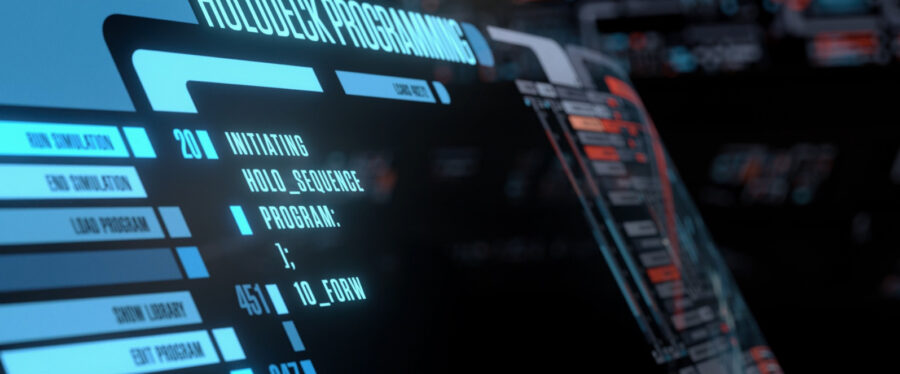
So, although it’s not yet capable of letting humans spar with holographic baddies or take strolls through historical simulations, the system is the closest we’ll probably come to the Star Trek Holodeck. That said, this sophisticated platform’s ability to train robots in diverse settings should make up for any dashed fantasies on behalf of Trekkies.
We can all thank the esteemed Penn Engineering team and several collaborators for the real-life sci-fi creation, which interestingly employs a large language AI model many associate with conversational AI like ChatGPT. Users may convey any desired 3D environment with words alone through this large language model.
Streamlining The Process
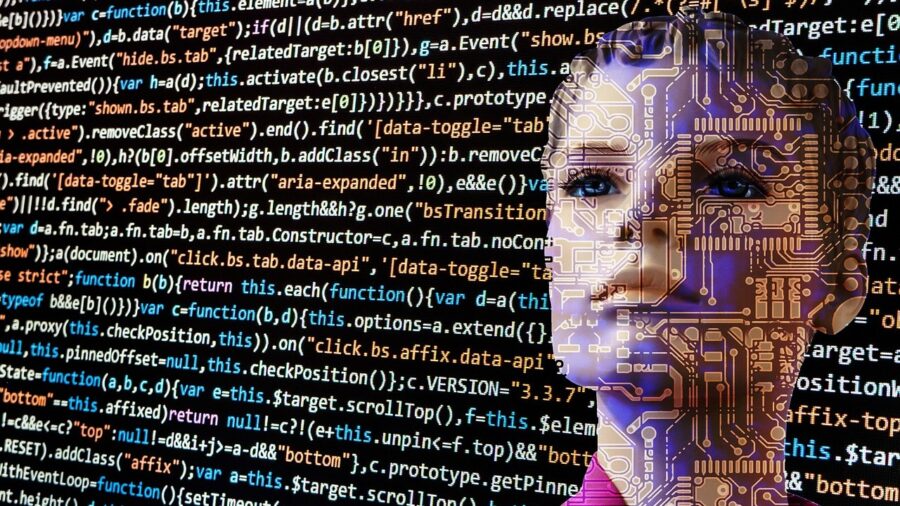
Once this process commences, the AI processes the verbal directive, thereby assembling the setting, piece by piece. How? By accessing a massive digital repository storing millions of premade objects. Gone are the days when engendering environments suitable for robotic training required up to a week. Now, the system so closely resembling a Star Trek Holodeck streamlines the process, enabling quickfire and multifaceted scenario generation.
Simply put, creating suitable environments quickly is a game changer in preparing robots to navigate and interact productively with unfamiliar spaces.
Replicates The Environment Better Than Previous Technology
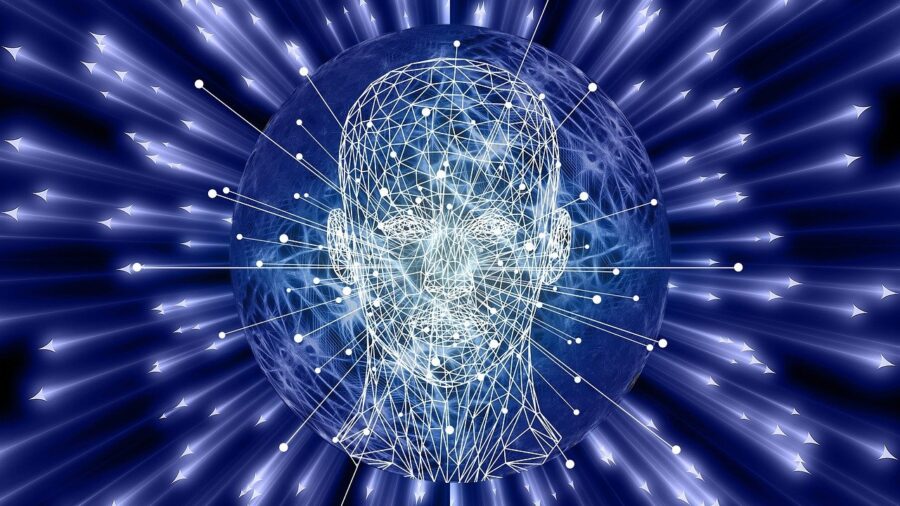
If, for example, you ask the technology to produce an apartment ideal for a cat owner, it will return a room sporting a cat tree and other logically arranged cat-friendly furnishings.
The system has also been dramatically pitted against an earlier rival technology, dubbed ProcTHOR. Researchers conducted blind tests, requesting that students choose their preferred environments from sets derived from both systems. Trekkies will be happy to know that the clone of Star Trek’s Holodeck routinely bested its competitor.
How It’s Being Used In The Real World

On a serious and more general note, robots benefiting from training in these environments demonstrate a significant uptick in their capacity for navigating environments and selecting objects relevant to their assigned tasks.
This means, of course, that the implications for robotics introduced by this system are profound. First, robotics applied to more pedestrian residential or commercial spaces will gain a sizable edge. Second, this system, straight out of sci-fi, paves the way for training robots to guide themselves through underwater ruins, across the surface of distant planets, or even function in emergency scenarios and hazardous environments.
Hopefully, Captain Kirk would approve of this close approximation to the Star Trek Holodeck.
Source: IFLScience









